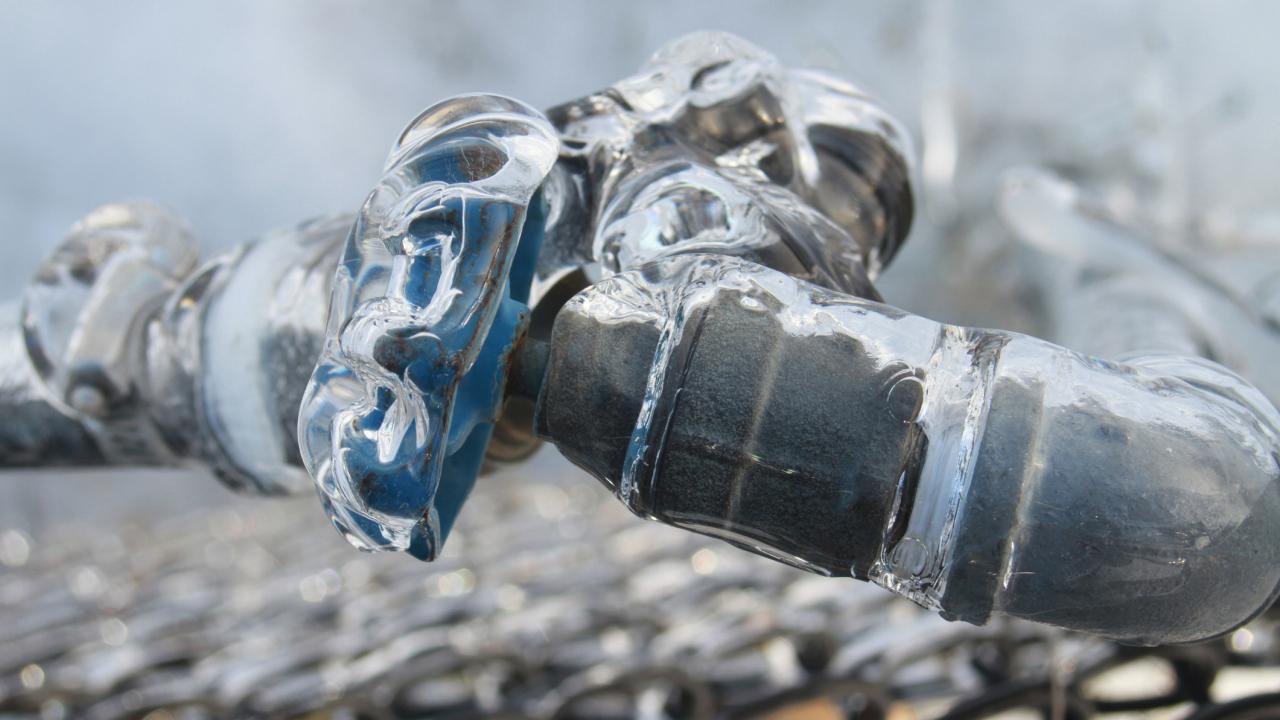Protecting Against Frozen Pipes in Cold Weather: Pro Tips
Schedule And PricingAre you currently in search of selective information on 6 Ways to Prevent Frozen Pipes?

Cold weather can ruin your pipes, specifically by freezing pipes. Below's how to avoid it from taking place and what to do if it does.
Intro
As temperature levels decline, the danger of icy pipelines boosts, possibly resulting in costly fixings and water damages. Understanding just how to avoid icy pipes is critical for house owners in cool environments.
Understanding Frozen Pipes
What causes pipes to ice up?
Pipes ice up when revealed to temperatures below 32 ° F (0 ° C) for expanded periods. As water inside the pipes ices up, it increases, taxing the pipe wall surfaces and potentially causing them to rupture.
Risks and problems
Icy pipes can lead to water interruptions, residential or commercial property damage, and costly fixings. Burst pipes can flooding homes and create comprehensive architectural damages.
Indicators of Frozen Pipes
Identifying icy pipelines early can avoid them from breaking.
Just how to recognize frozen pipelines
Look for reduced water flow from faucets, uncommon smells or noises from pipelines, and visible frost on subjected pipes.
Avoidance Tips
Insulating susceptible pipelines
Cover pipes in insulation sleeves or make use of warmth tape to protect them from freezing temperature levels. Focus on pipelines in unheated or outside locations of the home.
Home heating techniques
Keep interior rooms sufficiently heated, specifically areas with plumbing. Open up cupboard doors to enable warm air to flow around pipelines under sinks.
Shielding Exterior Pipes
Garden hoses and exterior faucets
Disconnect and drain pipes garden tubes before winter. Set up frost-proof faucets or cover outdoor faucets with protected caps.
What to Do If Your Pipes Freeze
Immediate actions to take
If you believe frozen pipelines, keep faucets open to ease stress as the ice melts. Make use of a hairdryer or towels taken in warm water to thaw pipes slowly.
Long-Term Solutions
Architectural changes
Consider rerouting pipes far from exterior wall surfaces or unheated areas. Include additional insulation to attics, basements, and crawl spaces.
Upgrading insulation
Invest in top quality insulation for pipes, attic rooms, and walls. Appropriate insulation aids maintain consistent temperatures and reduces the threat of frozen pipelines.
Final thought
Avoiding icy pipes requires positive measures and fast responses. By comprehending the reasons, signs, and safety nets, homeowners can safeguard their plumbing during winter.
5 Ways to Prevent Frozen Pipes
Drain Outdoor Faucets and Disconnect Hoses
First, close the shut-off valve that controls the flow of water in the pipe to your outdoor faucet. Then, head outside to disconnect and drain your hose and open the outdoor faucet to allow the water to completely drain out of the line. Turn off the faucet when done. Finally, head back to the shut-off valve and drain the remaining water inside the pipe into a bucket or container. Additionally, if you have a home irrigation system, you should consider hiring an expert to clear the system of water each year.
Insulate Pipes
One of the best and most cost-effective methods for preventing frozen water pipes is to wrap your pipes with insulation. This is especially important for areas in your home that aren’t exposed to heat, such as an attic. We suggest using foam sleeves, which can typically be found at your local hardware store.
Keep Heat Running at 65
Your pipes are located inside your walls, and the temperature there is much colder than the rest of the house. To prevent your pipes from freezing, The Insurance Information Institute suggests that you keep your home heated to at least 65 degrees, even when traveling. You may want to invest in smart devices that can keep an eye on the temperature in your home while you’re away.
Leave Water Dripping
Moving water — even a small trickle — can prevent ice from forming inside your pipes. When freezing temps are imminent, start a drip of water from all faucets that serve exposed pipes. Leaving a few faucets running will also help relieve pressure inside the pipes and help prevent a rupture if the water inside freezes.
Open Cupboard Doors
Warm your kitchen and bathroom pipes by opening cupboards and vanities. You should also leave your interior doors ajar to help warm air circulate evenly throughout your home.

Do you really like reading about Helpful Tips to Prevent Frozen Pipes this Winter? Leave a review down the page. We will be happy to know your ideas about this blog post. In hopes that you come back again soon. Sharing is good. Helping others is fun. Many thanks for your time invested reading it.
Call Today